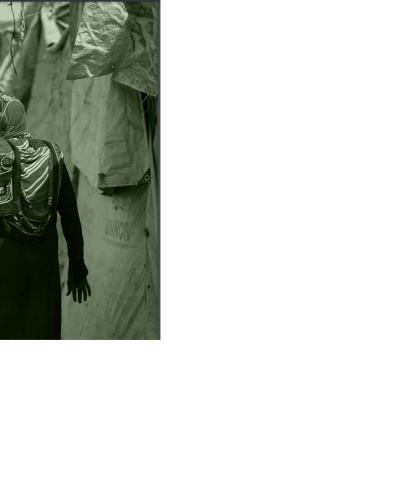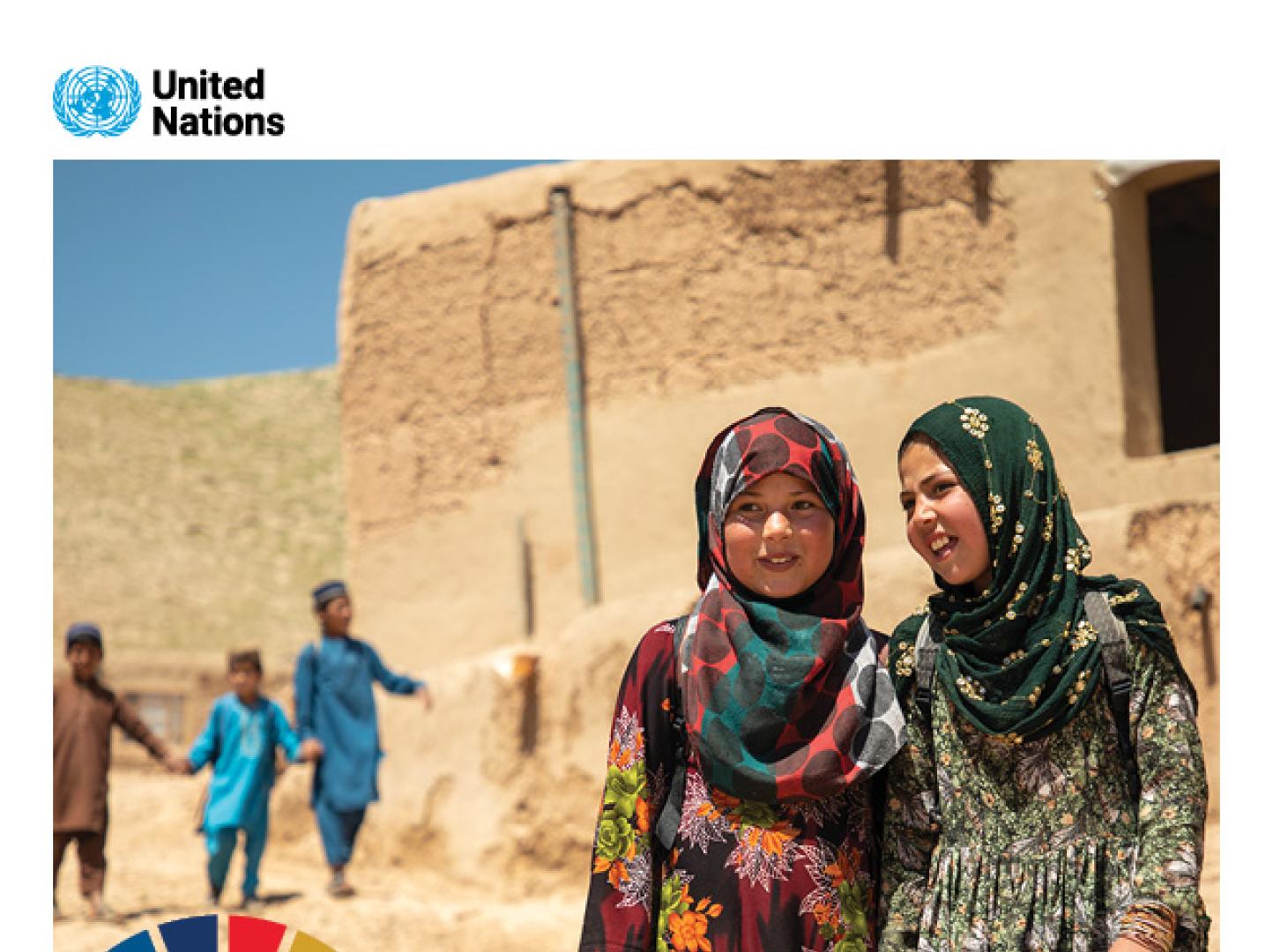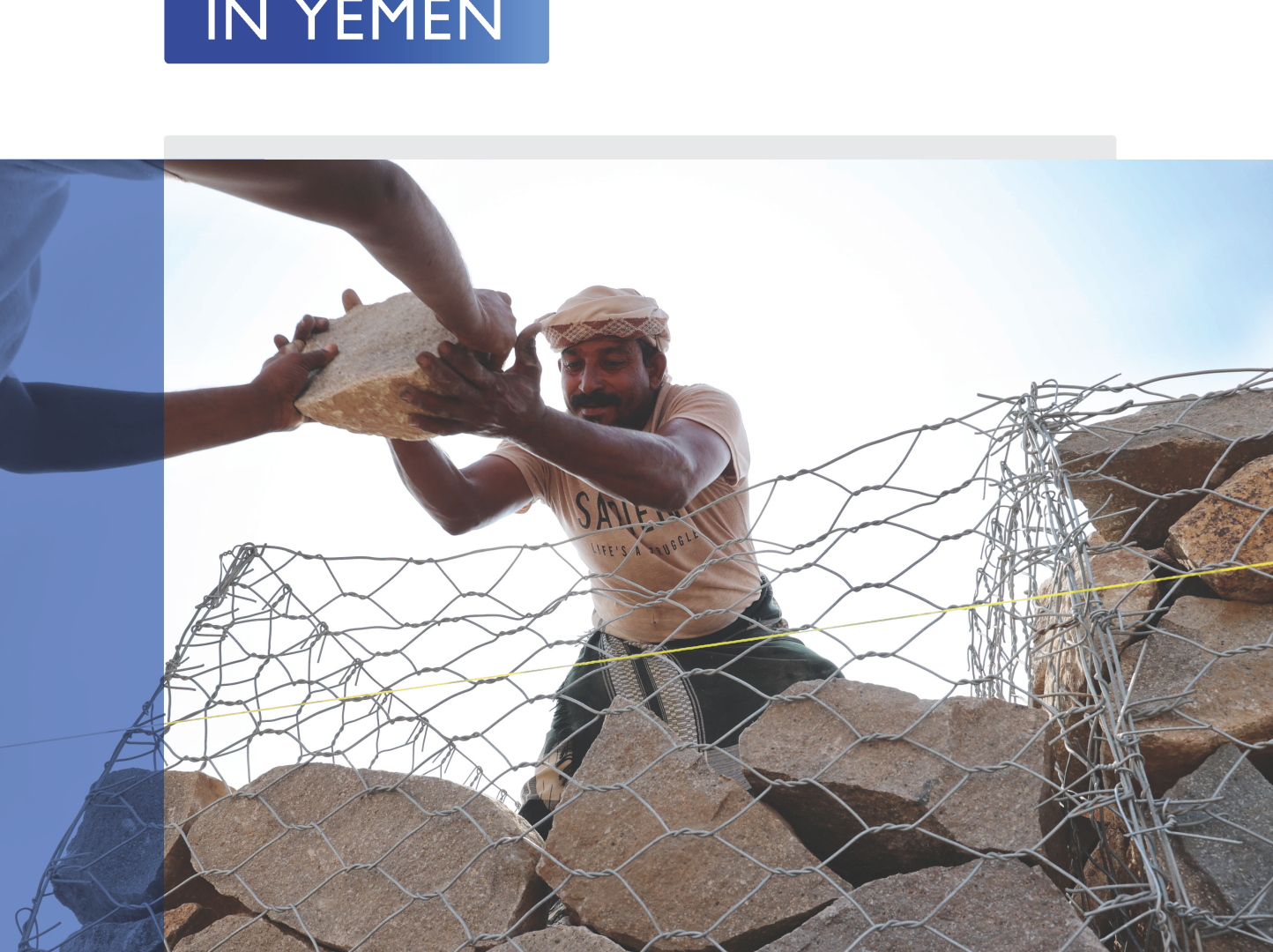Yemen: 2021 Humanitarian Response Plan Periodic Monitoring Report, January - June 2021 (Issued October 2021)

More than six years of war has pushed Yemen to the edge of famine, uprooted millions of people from their homes, destroyed the economy and fostered the spread of diseases, including COVID-19. A protracted economic blockade and the collapse of basic services and public institutions compound the suffering of people in Yemen, increasing needs even as humanitarian funding remains insufficient. Unprecedented levels of humanitarian assistance helped to avert famine and other disasters in recent years, yet the underlying drivers of the crisis persist, and Yemen remains at high risk of descending into deeper crisis.
Recognized as one of the world’s worst humanitarian crisis for the past half a decade, some 20.7 million people in Yemen are in need of humanitarian assistance and protection and over 4 million people are internally displaced, making this the world’s fourth largest internally displaced population. Between January and June this year, the Civilian Impact Monitoring Project (CIMP) reported an estimated 1,023 civilian casualties in Yemen, while the Monitoring and Reporting Mechanism (MRM) on grave violations committed against children in times of armed conflict reported the death of 82 children and injury of 268 children due to conflict, and recorded at least 16 attacks affecting schools and hospitals.
Over the same period, more than 41,000 people were displaced in areas under the Government of Yemen (GoY), according to IOM’s Displacement Tracking Matrix. IOM DTM Yemen also estimates that around 10,000 migrants entered in Yemen mostly from Ethiopia and Somalia heading for Saudi Arabia. In addition, Yemen hosts some 140,000 asylum seekers and refugees, many of whom endure inhumane conditions and face rising discrimination, stigmatization and marginalization especially in the context of the COVID-19 pandemic.
With only 50 per cent of Yemen’s health facilities functional, the ongoing pandemic is placing additional pressure on the country’s already fragile health system. By the end of June, 6,920 cases of COVID-19 had been recorded in Yemen, including 1,361 associated deaths and 4,068 recoveries. Beyond the health and mortality risks posed by the disease, its prevalence has also discouraged people from seeking treatment for other medical needs.
Vaccinations against COVID-19 in Yemen began on 20 April 2021, with some 270,601 people in GoY areas receiving their first dose by the end of June – 20,276 health workers, 33,472 people aged above 60, and 216,853 people with comorbidities or otherwise at higher risk. The second COVID-19 vaccination campaign for GoY areas was launched on 26 June, while the first vaccination campaign in areas under the control of the de facto authorities (DFA) commenced on 20 June, exclusively for health workers.
The operating environment in Yemen remained extremely challenging in the first half of 2021, in terms of operational access and bureaucratic requirements.
As of June, 51 districts across Yemen were directly affected by active frontlines, up from 45 districts in 2020 and 35 districts at the end of 2019.
Escalated hostilities and shifting frontlines in Ma’rib and Al Bayda governorates, along with continued clashes in Hajjah, Al Hodeidah, Ad Dali’, Ta’iz City and adjacent areas, challenged sustained humanitarian programming, aggravated humanitarian needs and increased displacement. By the end of June, 45 per cent of informal settlements hosting displaced people were within 5 kilometers of an active frontline.
During the reporting period, the humanitarian community continued to advocate with the authorities to resolve bureaucratic impediments to timely, sustained and principled access to people in need. Progress was made through this coordinated engagement with the authorities, notably in reducing the backlog of outstanding NGO project sub-agreements and in agreeing on the progression of countrywide coordinated assessments, including Multi-Cluster Location Assessments (MCLA), Food Security and Livelihoods Assessments (FSLA) and Standardized Monitoring for Relief and Transition (SMART) surveys.
Since the conflict began, Yemen’s economy has shrunk by more than half, with over 80 per cent of people now living below the poverty line. The collapse is most visible in loss of income, depreciation of the Yemeni rial (YER), loss of government revenue, rising commodity prices and import restrictions, including for fuel. In the first half of this year, the rial devalued by some 34 per cent in GoY areas, reaching record lows of nearly YER 1,000 per US dollar and driving up the prices of food and other basic goods in this import-reliant economy.
With livelihood and income opportunities remaining unchanged, the rising minimum food basket (MFB) cost between January and June significantly impacted the purchasing power of the average civilian, forcing people to work more days to meet the minimum cost of food this year compared to previous years. At the national level, the average MFB cost increased by some 23 per cent from January to June 2021. The purchasing capacity of the vulnerable households like agricultural wage labourers (an important livelihood for majority of Yemenis) has dropped compared to 2020, with households having to work more days this year to meet the minimum cost of food. GoY areas were worst affected, although food prices also increased in DFA areas, largely due to higher fuel prices.
The protracted fuel crisis, which started in mid-2020 and is most prevalent in the north, worsened in the first half of 2021 and exacerbated the already difficult humanitarian situation. In a precedent not seen since the beginning of the conflict, no commercial fuel imports entered Al Hodeidah seaport for 52 days in the first quarter of the year, from 28 January to 21 March 2021. Given that more than half of Yemen’s commercial fuel imports had been coming through Al Hodeidah in recent years, this had a significant impact on the availability and price of fuel, raising the cost of transportation, food and other items, and threatening medical services as well as the supply of clean water and electricity.
Food insecurity remains a key challenge and is most severe in areas of active conflict or surrounding areas where humanitarian access is limited by the security situation. While the humanitarian situation improved after food insecurity peaked in 2018, ongoing conflict, fuel shortages, economic crisis and funding shortfalls mean that millions of lives remain at risk. The Integrated Phase Classification (IPC) analysis of acute food insecurity projects that 16.2 million people in Yemen face high acute food insecurity (IPC Phase 3 and above) this year, driven mainly by conflict, environmental shocks, and weak social, economic and governance systems. Even with the current levels of humanitarian assistance, 12 of Yemen’s 22 governorates have large food consumption gaps, with 40 percent or more of the population enduring inadequate food consumption. Of these, five governorates have very large food consumption gaps, with 20 percent or more of their population having poor food consumption scores.
Four governorates – Ad Dali’, Al Jawf, Amran and Raymah – were classified as being in IPC Phase 4 between January and June 2021, indicating high risk and prolonged distress. Two of these had populations in IPC Phase 5, i.e., Catastrophic.
- UN Office for the Coordination of Humanitarian Affairs
- To learn more about OCHA's activities, please visit https://www.unocha.org/.














